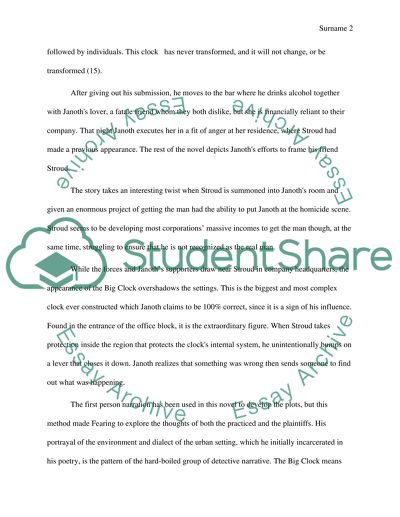Cite this document
(“The Big Clock by Keneth Fearing Book Report/Review”, n.d.)
Retrieved from https://studentshare.org/literature/1476974-the-big-clock-by-keneth-fearing
Retrieved from https://studentshare.org/literature/1476974-the-big-clock-by-keneth-fearing
(The Big Clock by Keneth Fearing Book Report/Review)
https://studentshare.org/literature/1476974-the-big-clock-by-keneth-fearing.
https://studentshare.org/literature/1476974-the-big-clock-by-keneth-fearing.
“The Big Clock by Keneth Fearing Book Report/Review”, n.d. https://studentshare.org/literature/1476974-the-big-clock-by-keneth-fearing.


